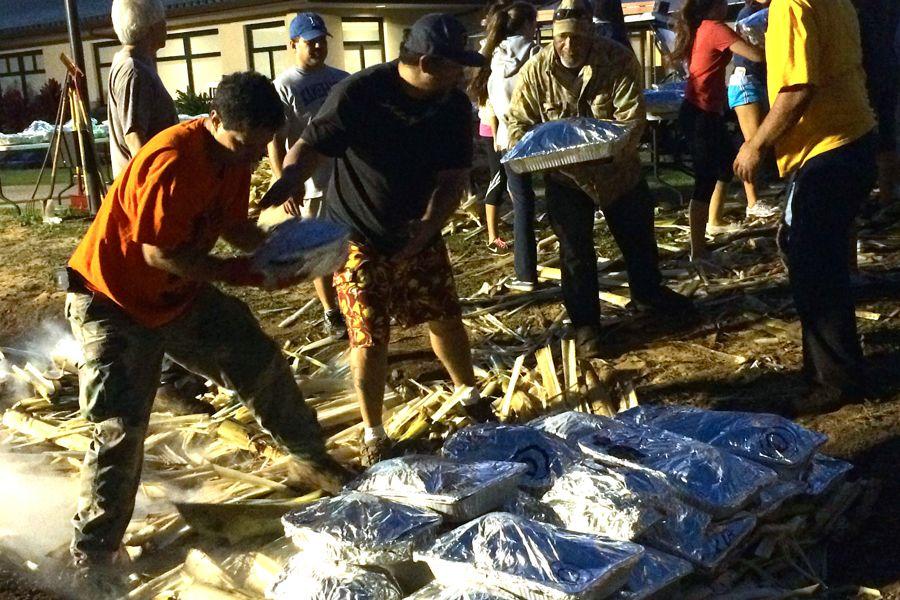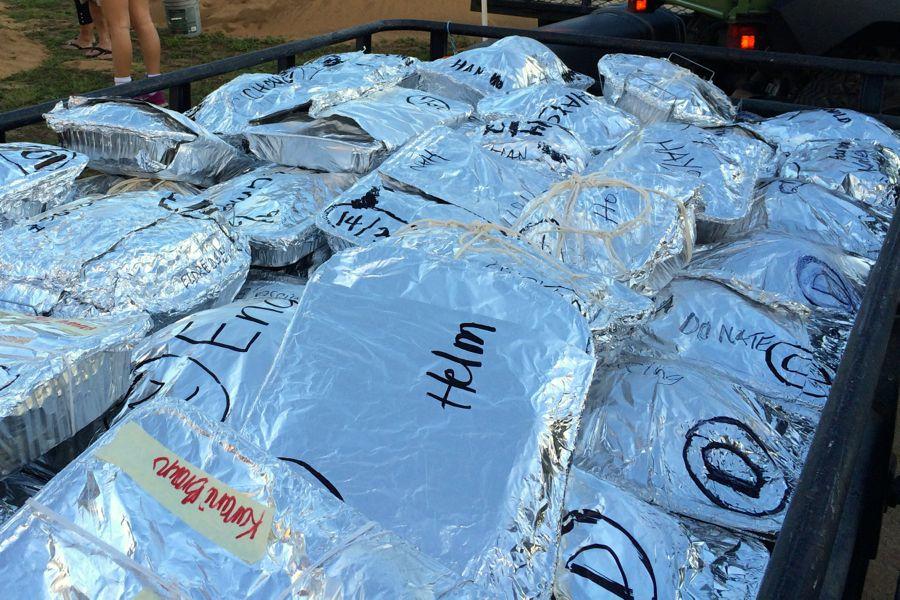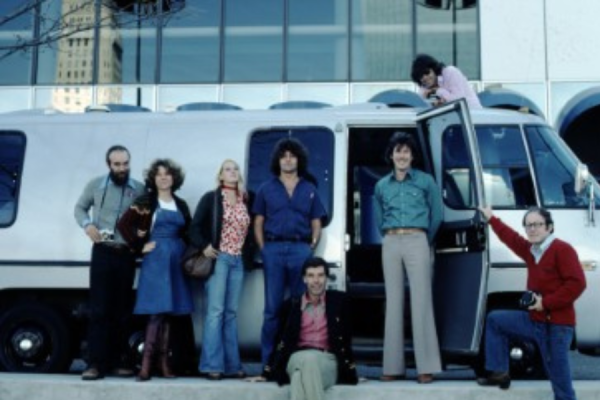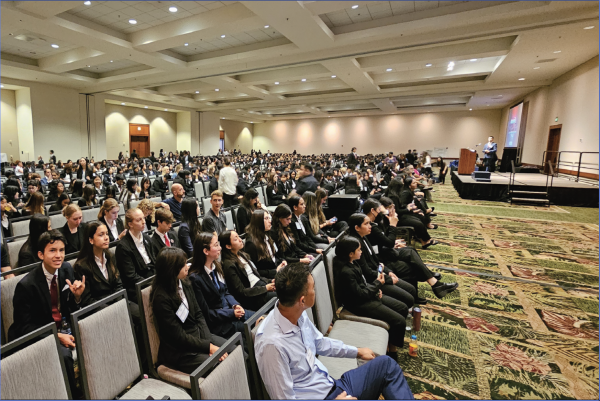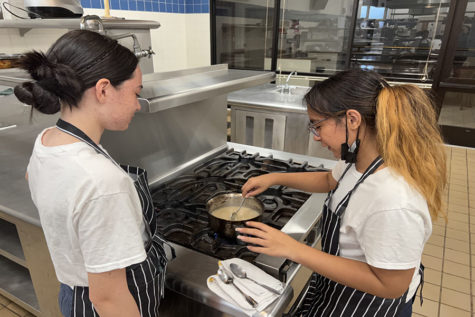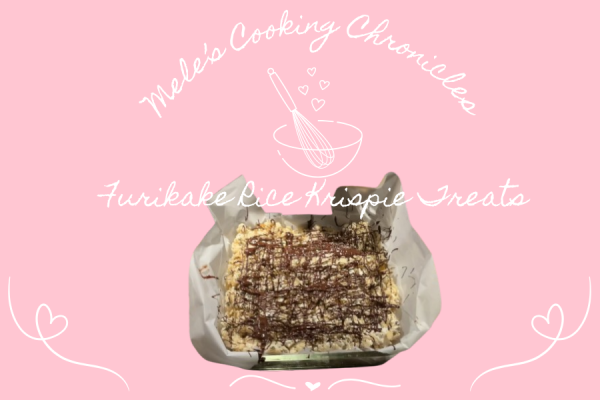Imu laulima makes for bountiful Thanksgiving
Photo by Ashley Morishita
The imu crew makes a line to pass turkeys along for placing in the imu. Student and staff volunteers spent Wednesday night and Thursday morning cooking over 100 Thanksgiving turkeys in the school’s imu.
Students and staff worked together to cook Thanksgiving turkeys in two campus imu beginning last night. The turkeys were uncovered this morning, November 26, and passed out in time to hit Thanksgiving tables this afternoon.
Faculty and campus staff as well as KS Maui families were invited to put their turkeys into the school imu. The kalua turkeys fed not only those KS Maui families but also specially chosen families within the Maui community. Of the 115 turkeys put into the imu, 25 were donated as a blessing to Maui families.
Peer Mediation students and a handful of Kumu Kalei ʻAʻarona-Lorenzo’s Hawaiian 3 students were among the volunteers. They helped with tasks like preparing and opening the imu and shuttling the turkeys during morning pick-up.
Kumu ʻEkela Kaniaupio-Crozier, who headed the event, said, “What makes it so significant for our haumāna to be a part of this event is that they are able to see how we have fed and sustained ourselves culturally as Hawaiians, as well as how important our natural resources are to us — such as, rocks and wood.”
Before the preparation of the imu, Mr. Pōmaikaʻi Crozier shared his manaʻo with the haumāna who were equally ready to both work and eat. He put emphasis on how kūpuna in old Hawaiʻi worked diligently without talking. The only voice that should be heard is the voice of the one in charge, who is keeping everyone on task, he said.
He also said that words used around food can affect the way it tastes at the end, so volunteers were to be very careful when choosing them.
Mr. Crozier said, “Remember, if you’re starving but haven’t lifted a finger in the kitchen, that’s why the food is taking what it seems like forever to be finished ʻAʻohe hana nui ke ʻalu ʻia, no task is too big when done by all.ʻ”
He said all should work for the food, so it can get into the stomach faster.
Check out our photo gallery below for the process in pictures.
Here, briefly, are the steps for cooking turkeys in an imu:
-Begin 11-12 hours before the lūʻau.
-Make a lua (pit), typically round.
-Make it big enough for the amount of food going into it.
-Make ahi of kiawe wood, charcoal, and paper (to get bigger sticks burning).
-Make ʻeho or pile of ʻelekū (basalt) rocks, and when heat increases, begin to flatten out rocks.
-Put hāliʻi (sheet spread or covering) over rocks (wet banana tree leaves and stalks 2 to 4 feet long).
-Put meat into imu.
-Cover meat completely with burlap tarp to keep in the steam and cover with earth that was removed to make the lua.
-When the 11 hours are up, remove earth from burlap tarp.
-Remove burlap tarp and meat and serve!

